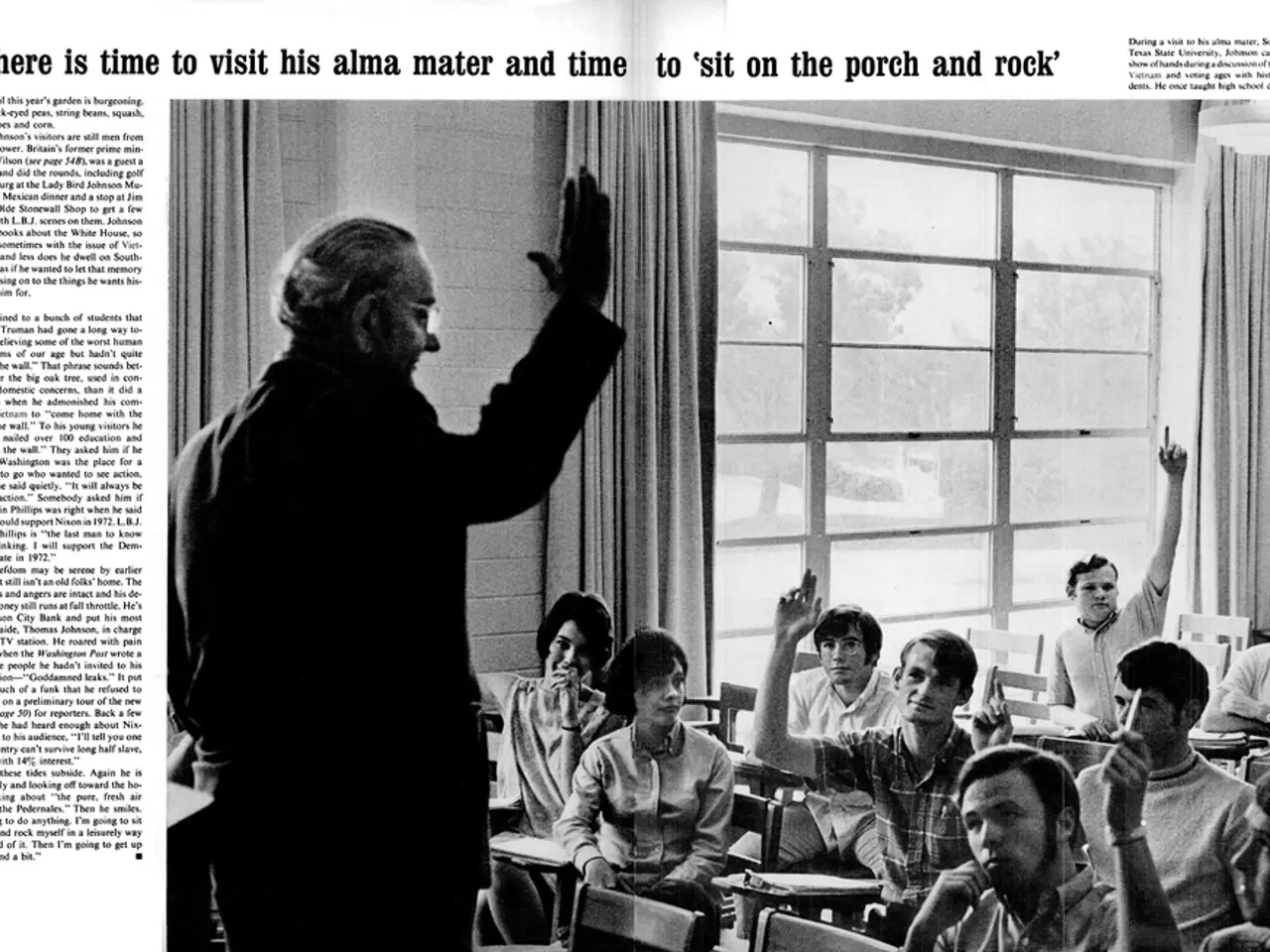Pension reductions alleviate elderly poverty in South Korea, but why are elderly individuals still the most financially disadvantaged among OECD nations?
In South Korea, despite the significant expansion of public pensions over the past few years, older women and seniors over the age of 75 continue to face higher poverty rates compared to their male counterparts.
According to a report published by the National Pension Research Institute, only 32.4 percent of senior women received National Pension benefits in 2022, compared to 56.9 percent of men. This gender disparity was reflected in the poverty statistics, with senior women reaching a poverty rate of 48.7 percent in 2022, far higher than the 35.9 percent among men. Seniors aged 75 and older faced the steepest challenge, with a poverty rate of 61.3 percent in 2022, nearly double that of seniors aged 65 to 74.
The reasons for these high poverty rates are multifaceted. Inadequate pension benefits, limited social security coverage, and age-based employment discrimination are some of the factors contributing to this issue. The National Old Age Pension and Basic Pension provide low monthly payments, often insufficient to meet living expenses. For example, the National Old Age Pension was only about 27% of the Seoul Metropolitan Government's living wage in 2023, and the Basic Pension was about 16% of the national minimum wage in 2024.
Older workers often experience a gap in income support due to limited unemployment benefits and the delay in pension eligibility. Unemployment benefits are limited to 270 days, and those forced to retire at 60 may wait up to five years before becoming eligible for pensions. Age-based employment discrimination, such as mandatory retirement ages and "peak wage" systems, push older workers into low-paid, precarious work, further exacerbating financial insecurity.
To address these systemic issues, various measures have been proposed. Advocates suggest adopting a comprehensive anti-discrimination law to combat age discrimination, which would help older workers continue working without being penalized for their age. Reform of pension systems is also essential, with adjustments to pension contributions and benefits aiming to improve financial security in retirement. This includes annual adjustments to reflect income growth and preserve the value of pension payments.
Improving unemployment benefits and bridging the gap between retirement and pension eligibility could provide more continuous income support for seniors. Additionally, expanding programs like the Basic Livelihood Security Program, which offers income, medical, and housing support to those in need, could help reduce poverty among seniors.
Researchers have also called for targeted increases in Basic Pension payments for those over 75. The shift from family-based support to state-funded income in old age is a clear move in South Korea's social safety net. Public pensions in South Korea helped lower the senior poverty rate in 2022, up from just 2.4 percentage points in 2006. However, many older women and those over 75 still do not qualify or have contributed too little to receive public pensions.
In conclusion, while South Korea's senior poverty rate remains the worst among OECD nations at 40.4%, the expansion of public pensions has made a significant impact in reducing poverty among seniors. However, more needs to be done to address the systemic issues contributing to high poverty rates among older women and seniors in South Korea.
- Mental-health and health-and-wellness interventions targeting older women in South Korea could potentially aid in alleviating the stress and financial burdens that contribute to their higher poverty rates.
- With women over 75 facing a poverty rate of 61.3 percent in 2022, it's crucial to explore the role of women's health in addressing this crisis, with a particular focus on women's health policies and support systems in South Korea.
- The aging population in South Korea, with seniors over 75 experiencing the steepest challenge in terms of poverty, necessitates holistic policies across various sectors, including mental-health, health-and-wellness, and women's health, to ensure equal access to resources and combat poverty among all senior demographics.




